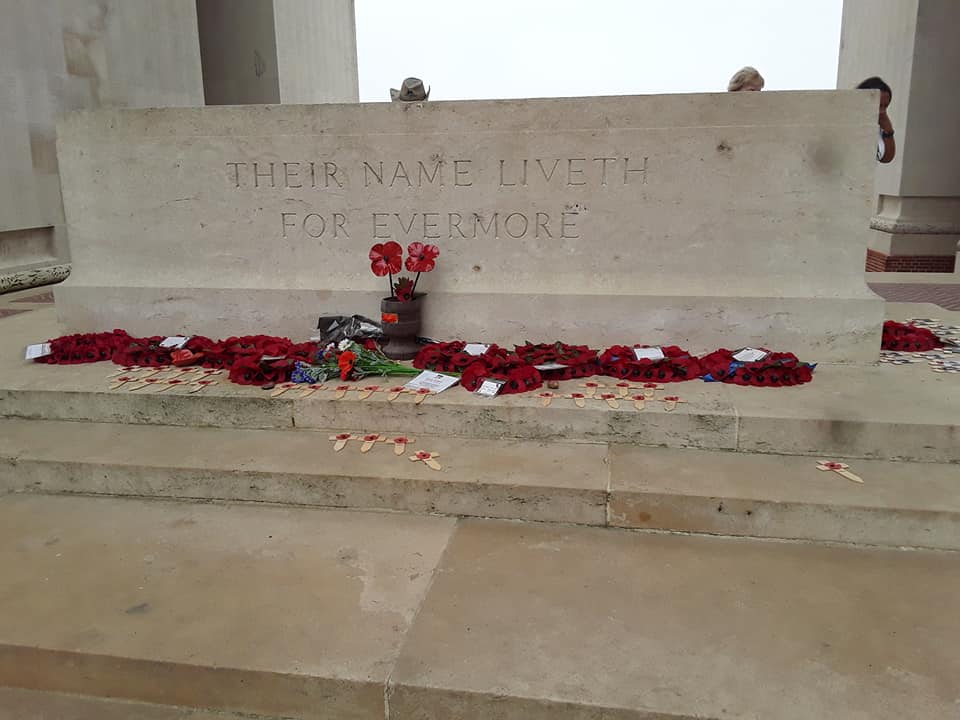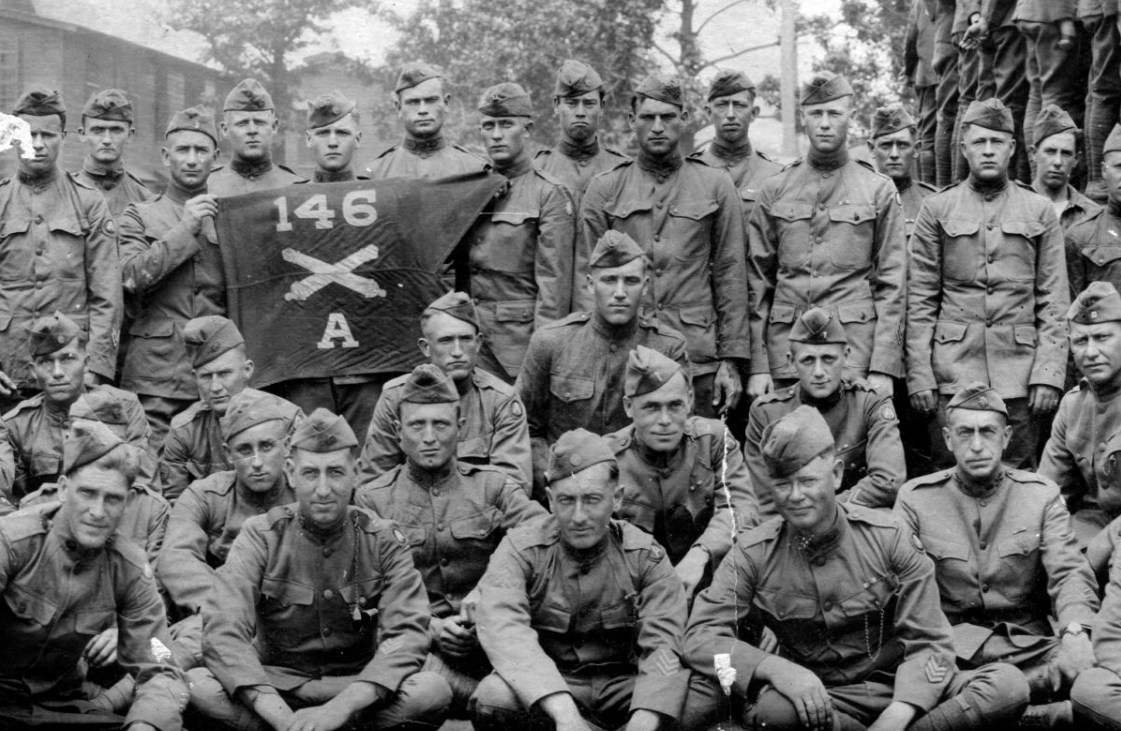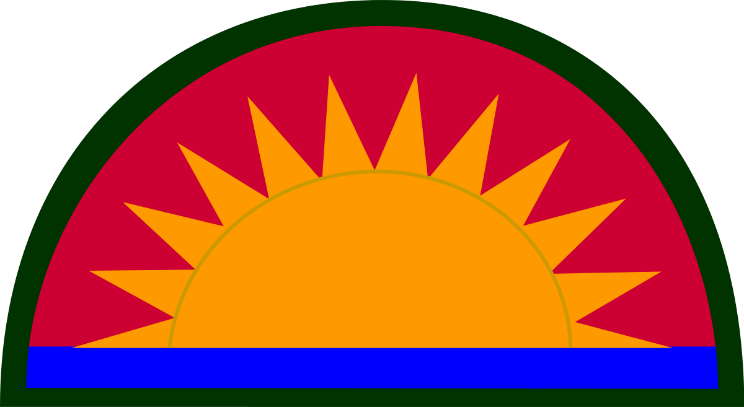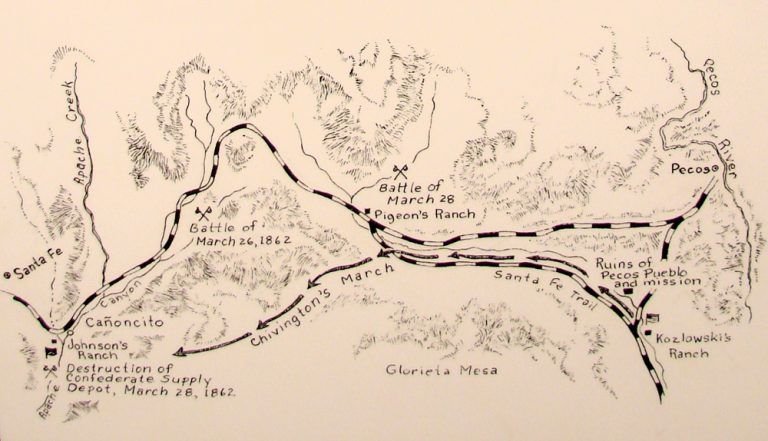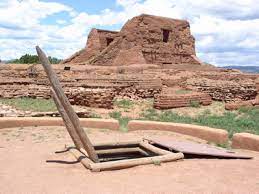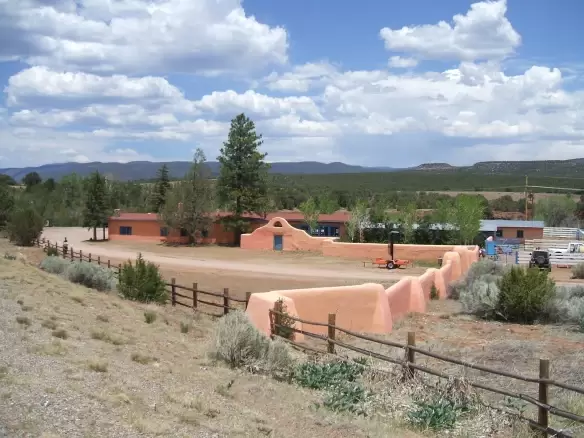Back in 2019, when I was researching World War I for A Blaze of Poppies, I had the honor of touring battlefields and memorials in Belgium and France. It was a sobering experience, and one of the most sobering was the memorial outside the little town of Thiepval, in Picardy, France.  The Thiepval Memorial is dedicated to the men of the British Commonwealth who went missing in the Battles that occurred in the Somme between 1915 and 1918 and whose bodies have not been found. Designed by Sir Edwin Landseer Lutyens, one of the most famous architects of the time, it is the only memorial that Edward VIII ever dedicated, since he abdicated soon after. Inside the memorial, a large inscription on an internal surface of the memorial reads: Here are recorded  Piers of Portland stone are engraved with over 72,000 names. 90 per cent of these soldiers died in the first Battle of the Somme, between 1 July and 18 November 1916. Because the monument is reserved for those missing or unidentified soldiers who have no known grave, a soldier’s name is excised from the wall by filling in the inscription with cement when his body is found and identified. The remains are then given a funeral with full military honors at a cemetery close to the location at which they were discovered. This practice has resulted in numerous gaps in the lists of names. 80 names came off the monument 2018. Just behind the Thiepval Memorial lies two cemeteries that commemorate the joint nature of the 1916 offensive. One side of the cemetery holds 300 soldiers of the British Commonwealth under rectangular, white stone headstones inscribed with "A Soldier of the Great War / Known unto God". The other side holds the graves of 300 French soldiers under grey stone crosses that bear the single word "Inconnu" ('unknown'). Most of the soldiers buried here – 239 of the British Commonwealth and 253 of the French – are unidentified. Their bodies were found on the battlefields of the Somme and as far north as Loos and as far south as Le Quesnel, then reburied here between December 1931 and March 1932. I'm not a numbers person, but over 72,000! Even if I can't really conceive a number that large, I know it is huge. And that's not the number of men who died in the area: it's the number of men who died and whose bodies were never recovered. It's astounding and beyond comprehension. World War I was supposed to be the Great War: the War to End All Wars. Yet here we are, over a hundred years later and wars rage throughout the globe. Clearly, we have not yet learned the lesson such carnage should have taught us.  Jennifer Bohnhoff is the author of a number of historical novels for middle grade through adult readers. A Blaze of Poppies is set in New Mexico and the French Battlefields in the time leading up to and including the American involvement in World War I. Her intent in writing the book was not to glorify war, but to give readers a taste of what life might have been like during that tumultuous period. |


